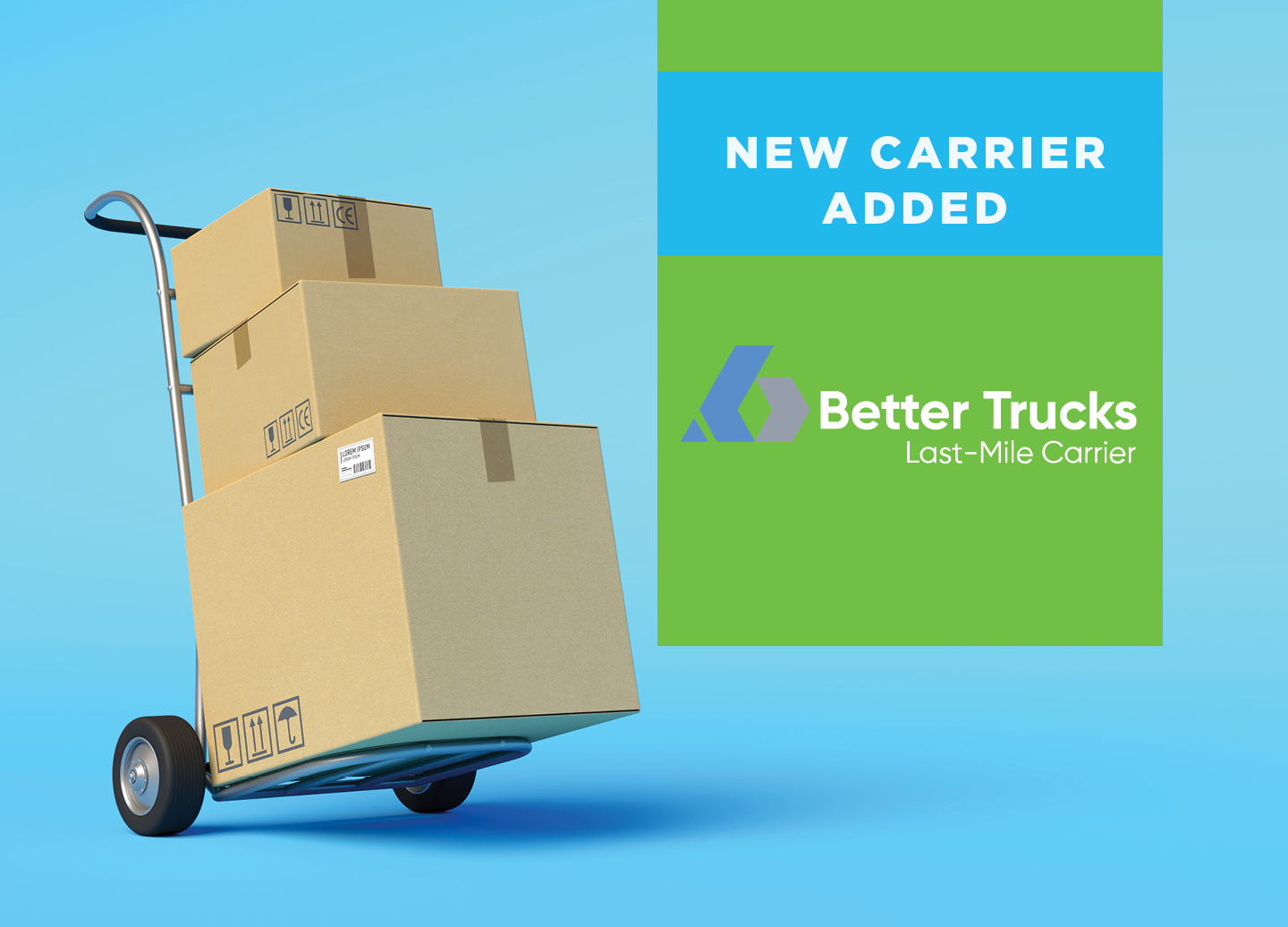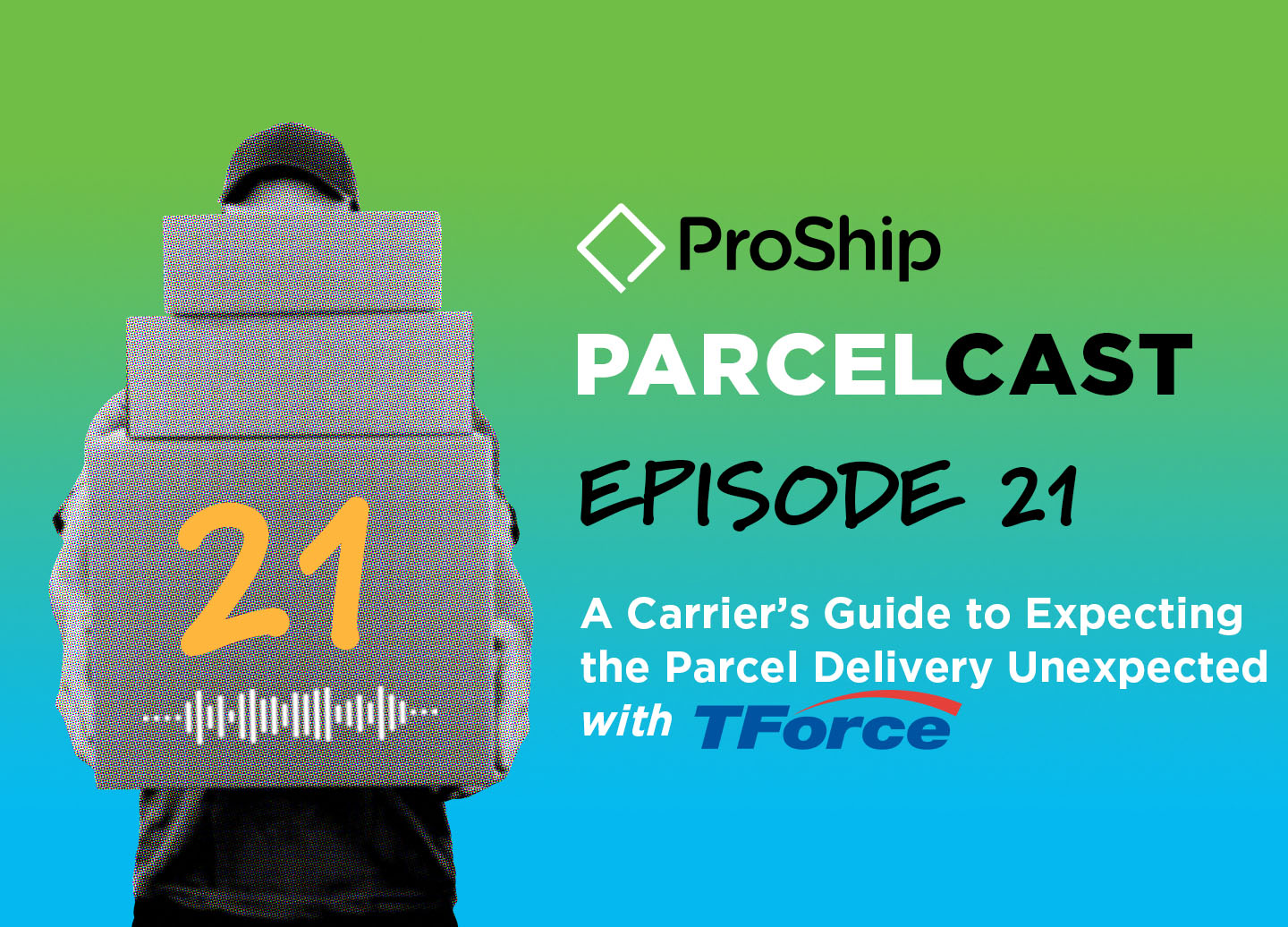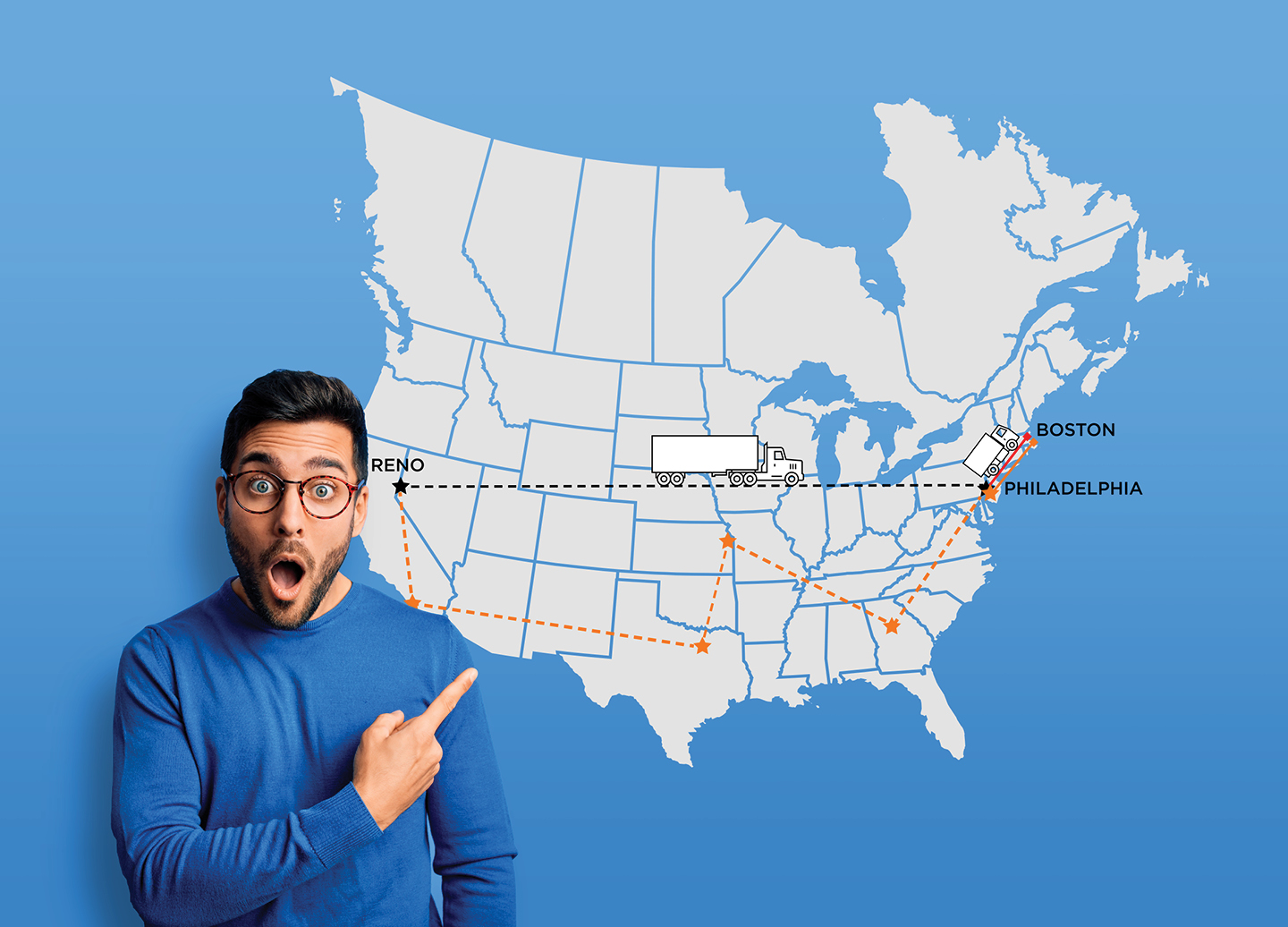Learn how rating shipments upstream can improve your operations.
This Expert Exchange is brought to you by Clint Boaz, Senior Sales Engineer at ProShip Multi-Carrier Shipping Software.
With the major parcel carriers announcing their annual General Rate Increases (GRIs) as the next year approaches, businesses are once again engaged in the annual ritual of fretting over rising transportation expenses. A broader issue in distribution is the design of the complete process that turns sales orders into deliverable shipments. A critical consideration that has a direct impact on shipping expenses is how and when to rate a shipment.
Rating is the act of getting a price quote for one or more carrier services to ship a parcel. Rate shopping is the intelligent selection of one of those pricing results based on some criteria like cost or speed.
Shipping rates are largely based on the weight and dimensions of the parcel. As shippers transform a customer order into a shippable parcel through their warehouse processes, most do not know the final weight and dimensions of an order until they have packed the order into its final shipping carton(s), placed it on a scale, and processed it using a software solution that can rate and produce labels and documents for the shipment.
Yet in many cases, it is beneficial to rate a shipment “upstream”—well before the order is picked and packed in the warehouse. This might happen as part of the e-commerce shopping cart experience, as a customer places an order via phone with a sales representative, or sometime before orders are released to the warehouse for fulfillment. You may want to get an advisement on the right carrier service to use that you will later enforce when it is time to commit to that choice by printing the label or other documents.
Modern API shipping solutions make it easy to obtain rate quotes at any point in the order process. This raises the question: If you do not know the final weight and dimensions until you pack the order, why bother rating earlier in the process? There are at least three good reasons why a shipper may want to get a rate upstream: expectations, planning, and routing.
Expectations
Managing delivery expectations is one of the most vital activities in a sales transaction. When a customer places an order, they want to know when to expect delivery. When you obtain the shipping rate for a carrier service, you also typically get the expected delivery time and can communicate that to the customer, even if the rate itself is not accurate to the penny. This concept also addresses a common misconception about rate shopping—it is not just about choosing the cheapest rate but about communicating, evaluating, and selecting appropriate delivery choices. You may offer free shipping or a simple flat rate, but this does not negate the need to know when an order should arrive. Rating a shipment as soon as possible will tell you that and allow you to manage expectations: both for the customer and you.
Planning
The sales orders you collect flow downstream to be handled by the operations team in the warehouse. It may be beneficial to know what your outbound shipping profile looks like to plan operations and transportation activities.
Mode determination: In most operations, employees prepare shipments for different modes of transportation in different parts of the facility. Upstream rate shopping can indicate if an order needs to route to the LTL shipping area instead of the parcel shipping area.
Carrier volume balancing: In your rate shopping routines, you may need to select carriers while working within certain minimum thresholds (to ensure discount tiers) or maximum constraints (dictated by carrier or trailer capacity). Early rate selection can help provide a continuous picture of where carrier volumes sit for the day and what adjustments you may need to make before final label printing and manifesting occurs.
Staffing: The above-mentioned factors can impact staffing choices in the warehouse. Knowing that an area in the facility will see heavier volumes than normal can help with quick staffing adjustments.
Front of Line label printing: Many shippers employ a “Front of Line” method for printing shipping labels in which they print the labels before picking and packing. If you use a Front of Line method, then rating or rate shopping should be part of the routine. After picking and packing, it is not uncommon to do a final rate check with actual weights and dimensions to ensure the validity of the earlier carrier service decision and to perform an exception process if not.
Routing
Apart from operational decisions in a local facility, rating as soon as possible will also help determine how to route an order most efficiently from source to destination.
Source selection: You likely have inventory in various facilities that can ship directly to the customer: multiple distribution centers, stores, or third-party partners. If more than one of these sources can fulfill a given order, which facility results in the lowest origin-to-destination transportation cost? Getting the shipping rates from multiple viable origin points, comparing them, and sourcing orders from the winning facility will answer that question and keep transportation costs low.
Zone Skipping: What if instead of tendering a parcel at your distribution facility to a carrier for end-to-end delivery, instead you can line haul a load of parcels direct to a carrier’s facility closer to their final destinations? Zone skipping can reduce the cost of shipping by shortening the number of zones the parcel carrier must traverse and can increase the speed of transit by bypassing nodes in the parcel carrier’s network. Rating shipments early can identify zone skipping opportunities so you can route these shipments to the right line haul carrier.

Unlock more parcel shipping optimization tips
Shipping can get complicated. With the right expertise and the right technology solutions at your service, you can manage operating and transportation expenses while ensuring customer satisfaction with the process that is right for you. Schedule a discovery call with one of our shipping experts to learn how you can streamline your parcel operations with ProShip.
About the Author
Clint Boaz is Senior Sales Engineer for ProShip Multi-Carrier Shipping Software, where he leverages his expertise to show shippers how integrated multi-carrier shipping solutions can bring efficiencies to their business. Prior to joining ProShip, Clint held various roles at UPS. Clint lives in Tulsa, Oklahoma with his wife and three children.


 Back to Blog
Back to Blog






